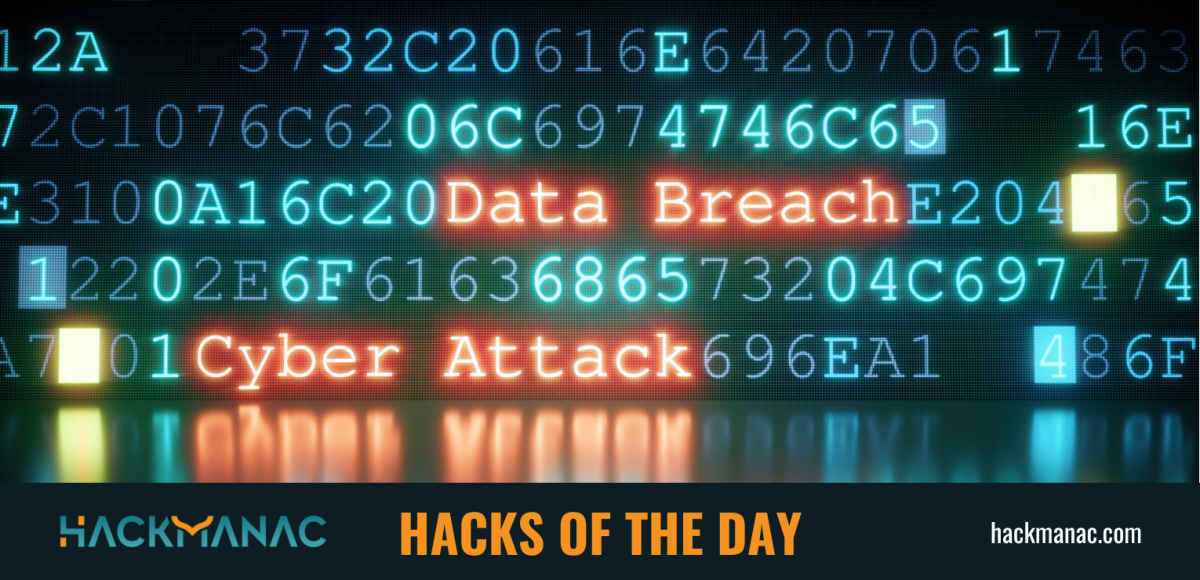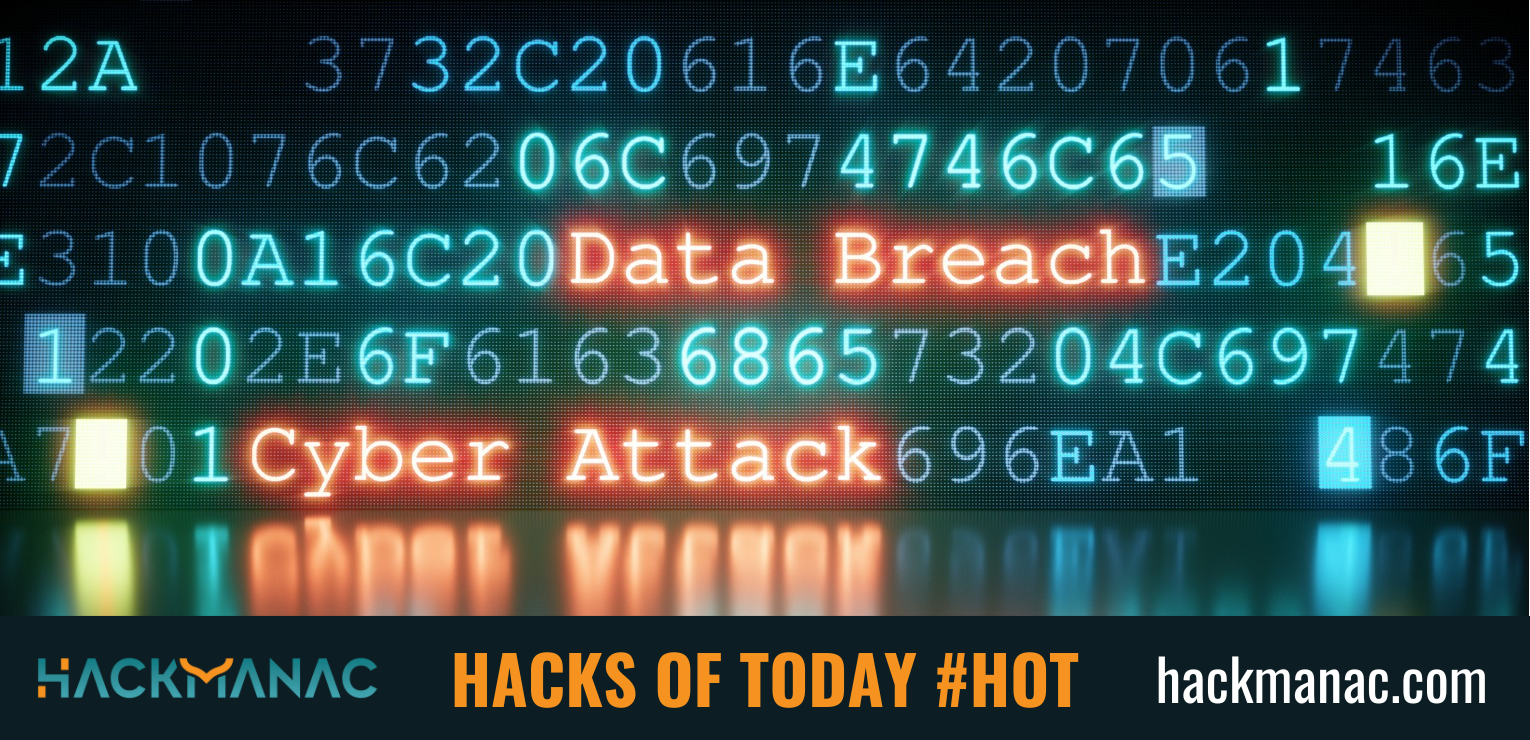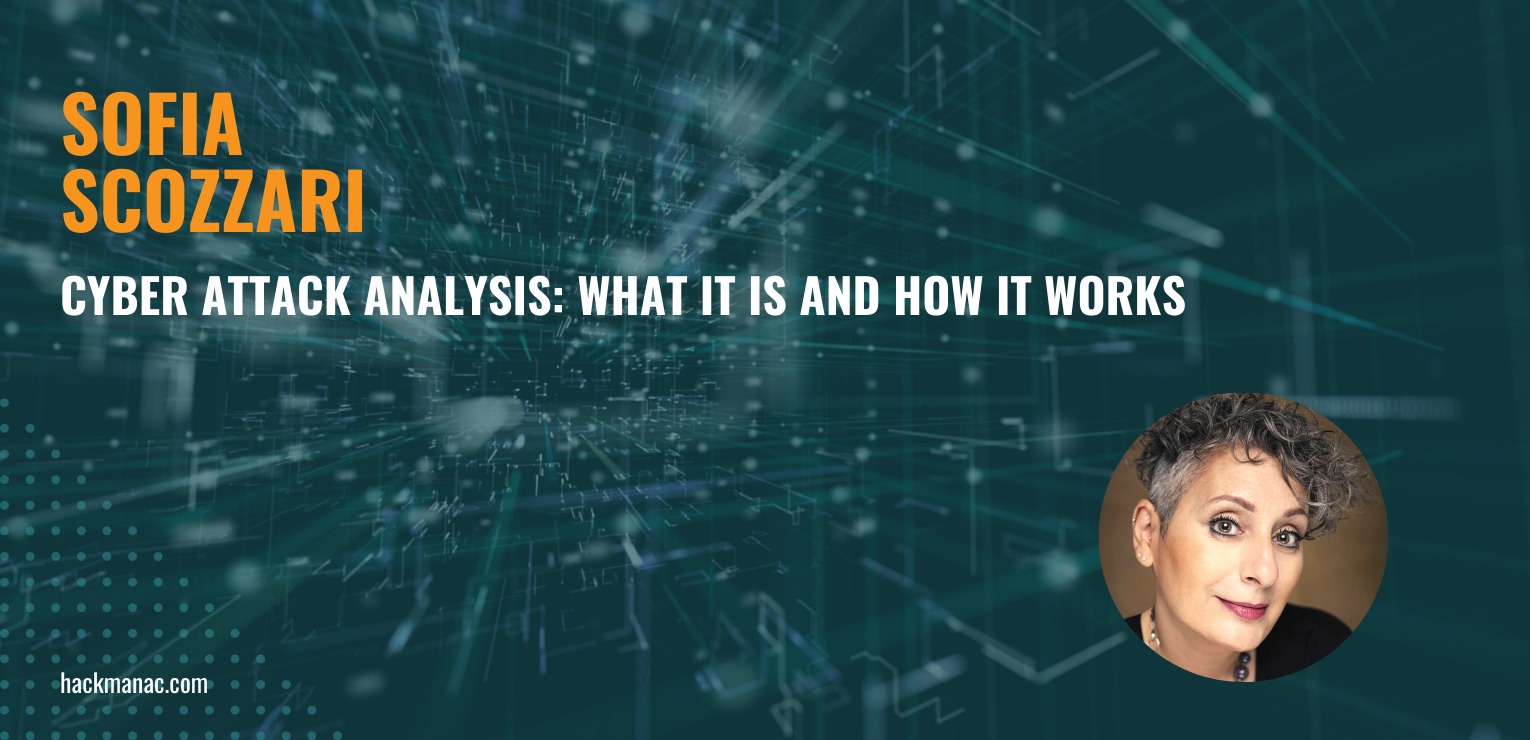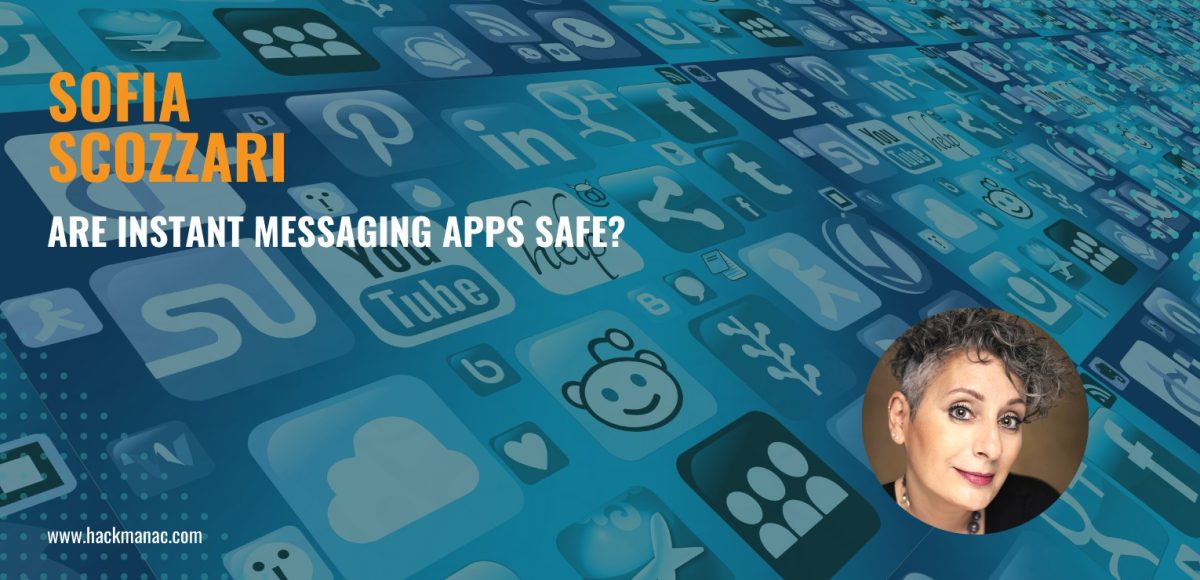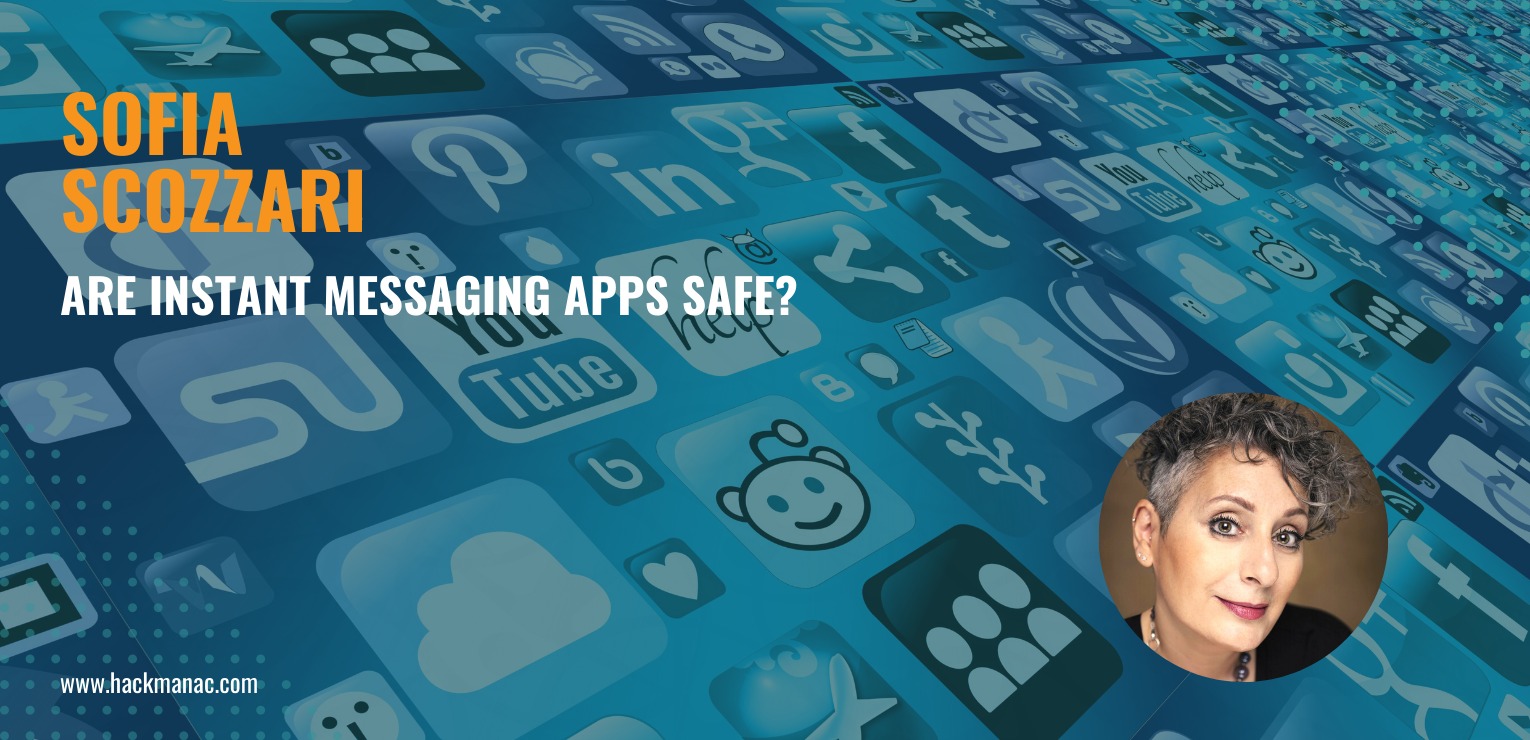news
HACKS OF THE DAY 01/01/2023

Today’s HOTD includes 2 ransomware victims of the notorious LockBit 3.0 and Play Ransomware gangs.
The average Cyber Risk Factor of the day is 3.5.
Read below the full list.
Disclaimer:
Data are collected from public info published on the Dark Web.
The Cyber Risk Factor is calculated on cyber attacks’ impact based on available data.
It shows the severity of the event: 1 = low, 5 = critical
EDS AUTOMOTIVE GMBH
|
Victim website: |
eds-automotive.de |
|
Victim country: |
Germany |
|
Attacker name: |
LockBit 3.0 |
|
Attacker class: |
Cybercrime |
|
Attack technique: |
Ransomware |
|
Ransom demand: |
$ 100000 |
|
Exfiltrated data amount: |
N/A |
|
Exfiltrated data type: |
Miscellaneous documents |
|
Leaked data: |
70% of the total amount exfiltrated |
|
Ransom deadline: |
01st Jan 23 |
|
Cyber Risk Factor: |
4 |
CDER
|
Victim website: |
cder.fr |
|
Victim country: |
France |
|
Attacker name: |
Play Ransomware |
|
Attacker class: |
Cybercrime |
|
Attack technique: |
Ransomware |
|
Ransom demand: |
N/A |
|
Exfiltrated data amount: |
5 GB |
|
Exfiltrated data type: |
Personal, private data, clients’ documents, agreements, passports, id etc. |
|
Leaked data: |
All exfiltrated data |
|
Ransom deadline: |
08th Jan 23 |
|
Cyber Risk Factor: |
3 |
Stay safe!
Hackmanac Team
Latest news
HACKS OF TODAY 26/04/2024
Today's HOT includes 19 victims by the notorious Rhysida, Everest, RansomHouse, DarkVault, RansomHub, Medusa, Hunters International, Cactus and dAn0n gangs. The average Cyber Risk Factor is 4.2. Read...
Read MoreHACKS OF TODAY 25/04/2024
Today's HOT includes 8 ransomware victims by the notorious RansomHub, Hunters International, Black Suit, Qiulong, DarkVault, RansomHouse, Qilin and MyData gangs. The average Cyber Risk Factor is 4.0....
Read MoreHACKS OF TODAY 24/04/2024
Today's HOT includes 10 ransomware victims by the notorious RansomHouse, Black Suit, Rhysida, BianLian, RansomHub, BlackBasta, Eraleig and Qiulong gangs. The average Cyber Risk Factor is 4.4. Read...
Read More